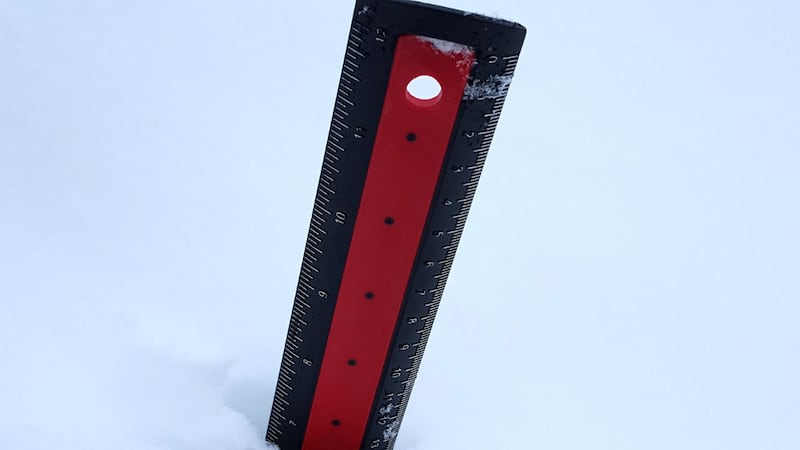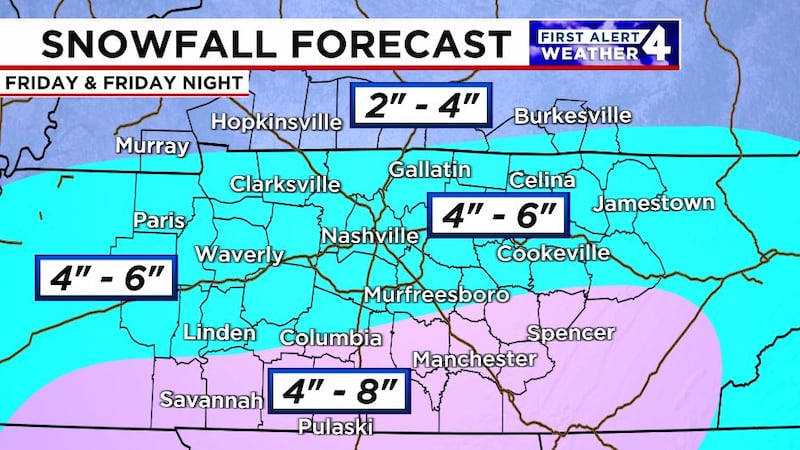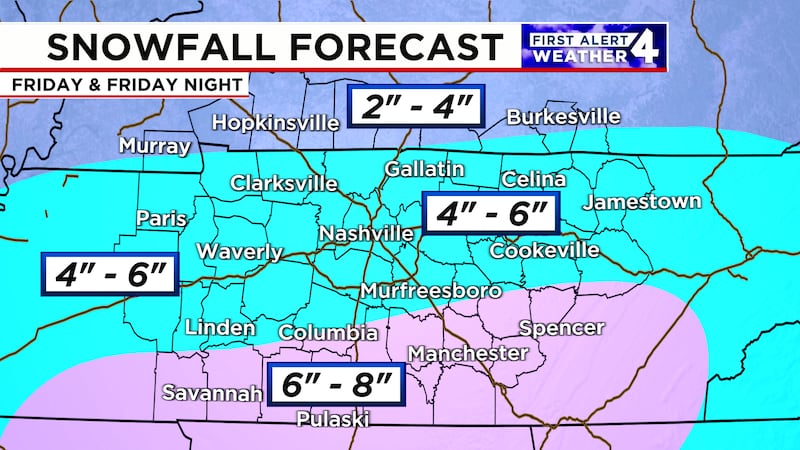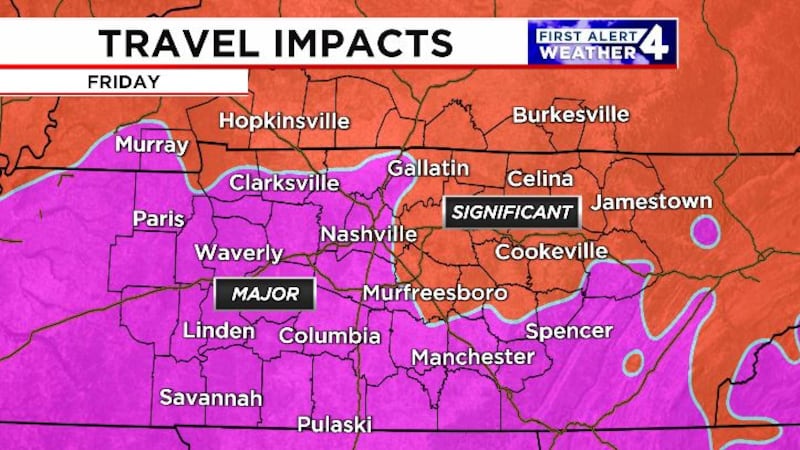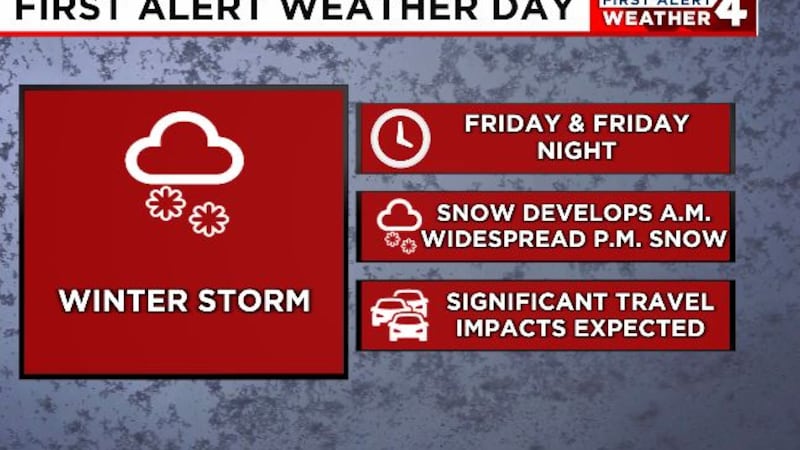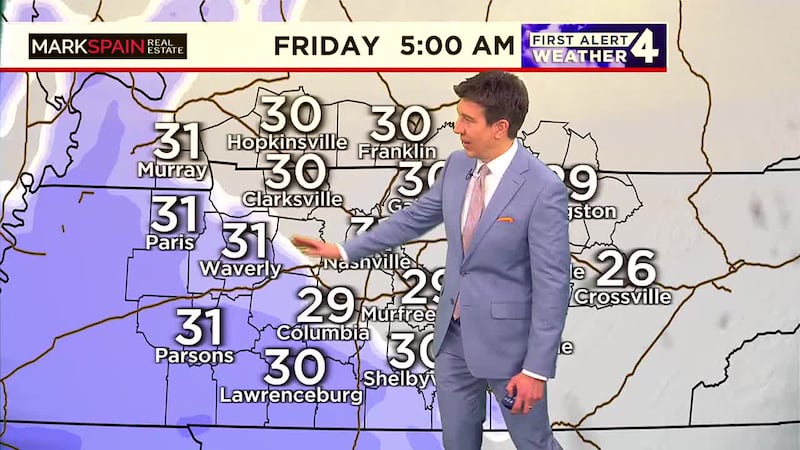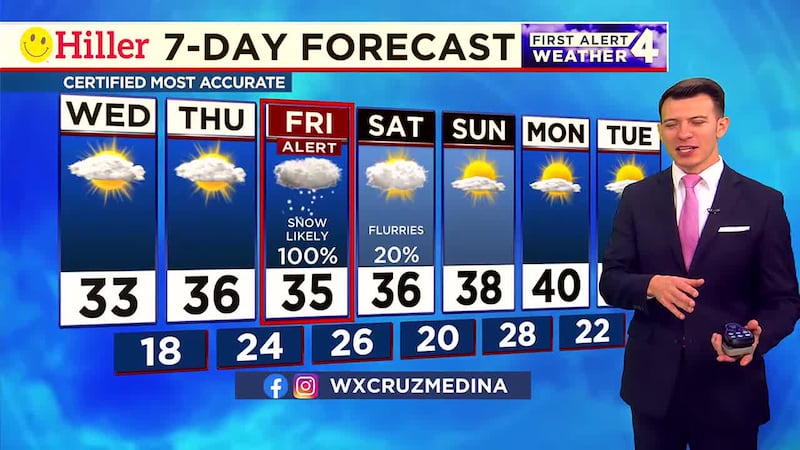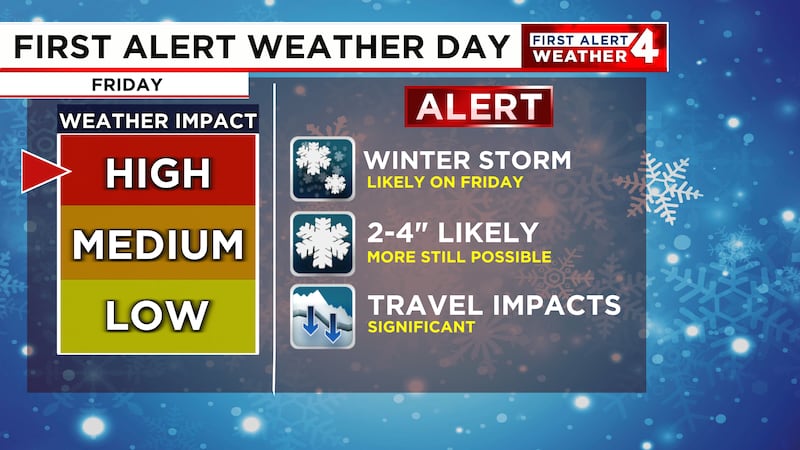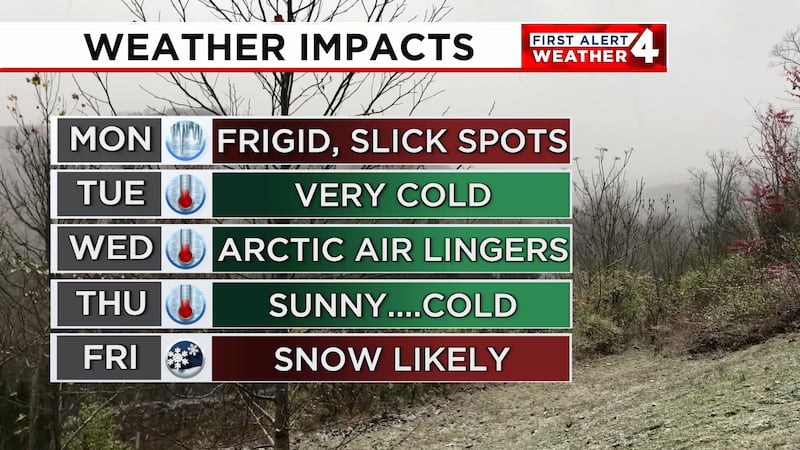Hurricane Helene and the Fujiwhara Effect
This effect will likely happen to Hurricane Helene once its remnants move into Middle Tennessee
NASHVILLE, Tenn. (WSMV) - The Fujiwhara Effect is expected to impact Hurricane Helene as its remnants move inland, causing it to ‘dance’ around another weather system
Hurricanes and other tropical cyclones, in general, are the most costly weather disasters each year in the United States. Helene is forecast to be a major hurricane upon landfall, but once inland, something interesting will happen to the storm.
By the time Helene moves into Tennessee, a large area of upper-level low pressure will likely absorb it. Before this happens, these 2 storm systems are going to do a little dance around each other.
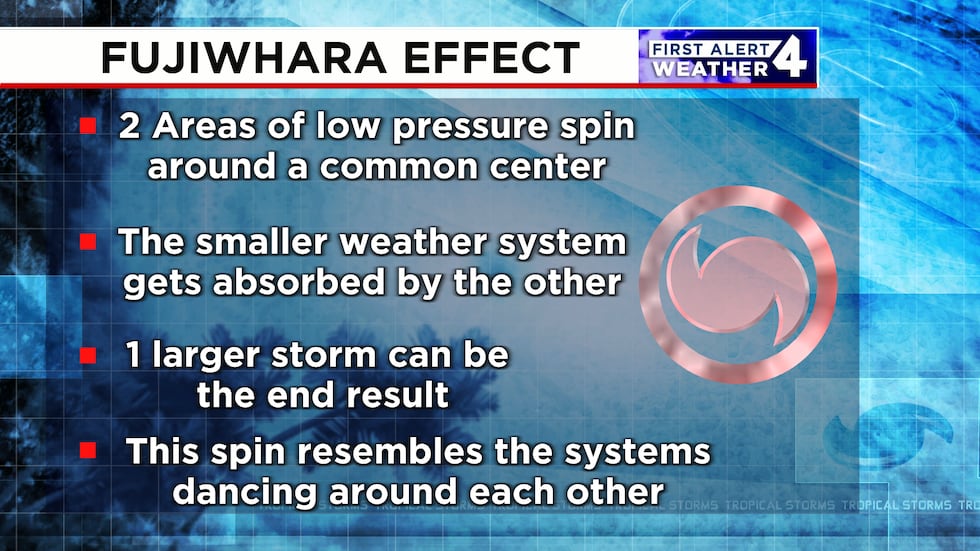
You’re probably thinking, “How can a hurricane dance?”
We know this dance as the Fujiwhara Effect. It happens when 2 areas of low pressure (or tropical low-pressure systems) approach each other and spin around a common center.
Typically, the biggest of the 2 weather systems wins the battle. That will likely be the case with Helene. That low pressure back to our west is large. Helene will rotate around it, but will eventually be absorbed.
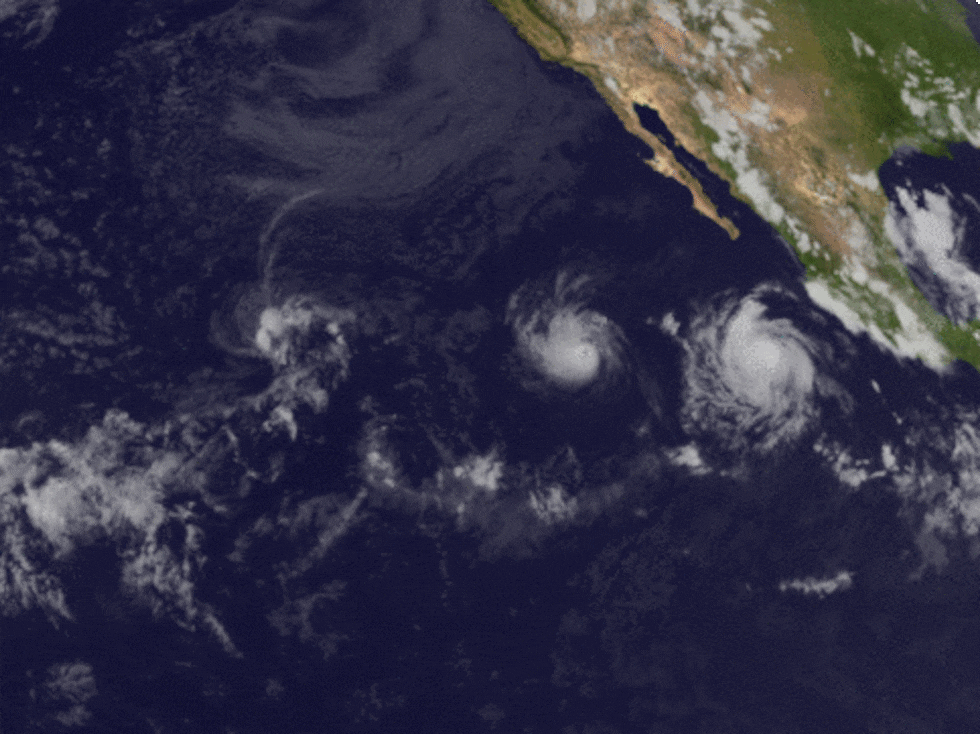
In the animation above, you can see the Fujiwhara Effect on display in the eastern Pacific Ocean. In this satellite view, you can see Hurricanes Irwin and Hilary rotate around each other in July of 2017. In this case, after the systems rotated around each other, then dissipated.
Copyright 2024 WSMV. All rights reserved.

